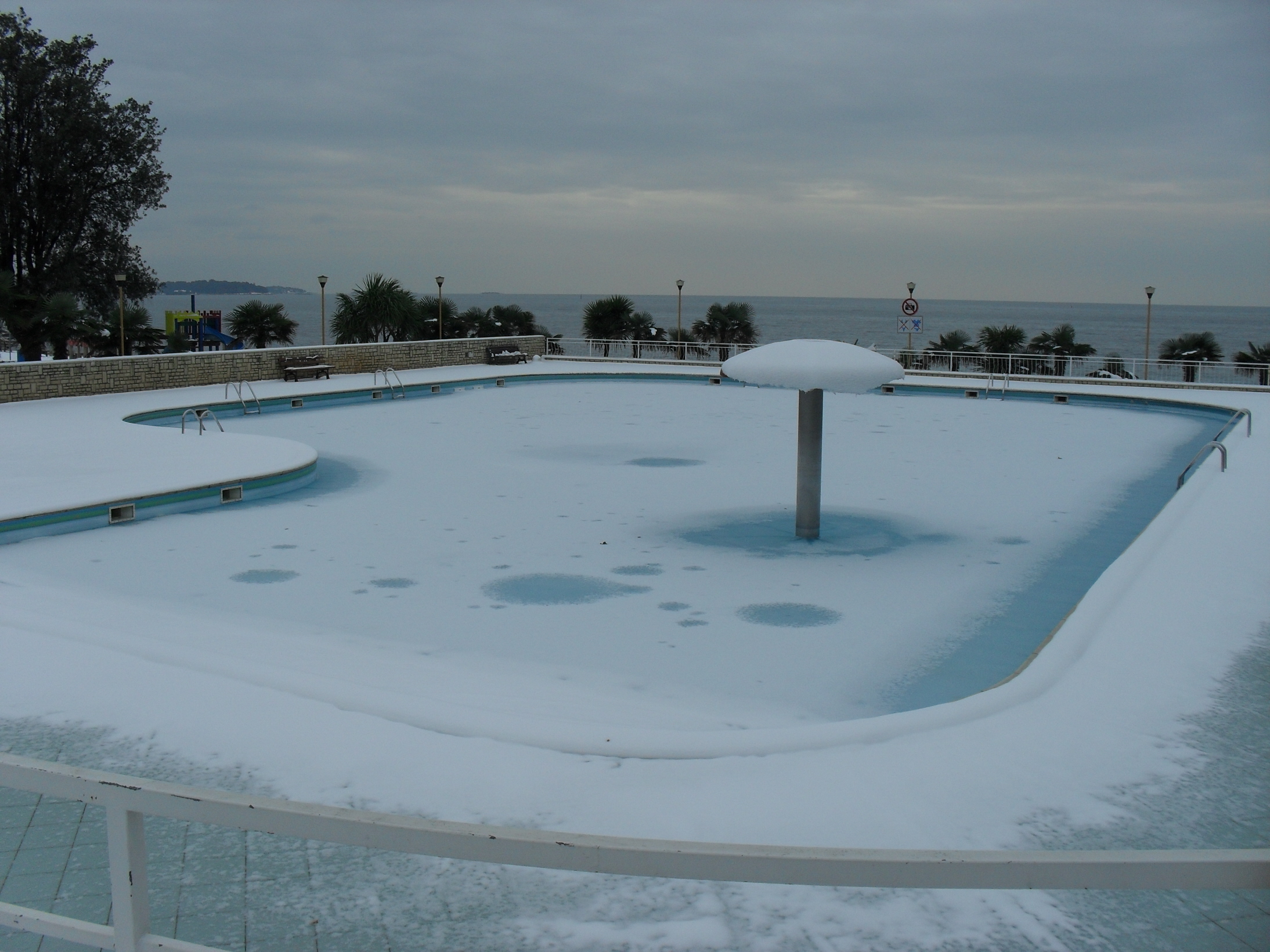Closing Your Pool For Winter
Date: November 2, 2017 Tags: helpful info / off-season / pool maintenance / tipsIf you choose to close your pool for the winter, proper closing will best protect your pool and ensure a smooth reopening next season. Here is some helpful information on how to correctly close your pool for the off season.
Preparation:
First, be sure you are familiar with all equipment instructions. Gather any tools and chemicals you will need, such as a pool skimmer and brush, sanitizers, shocks, balancers, and algaecide. You’ll need to wear safety equipment including goggles and rubber gloves when handling chemicals. Read all instructions for use and storage of the chemicals. It’s important to consult a professional if you have any questions about the procedure or use of any products.
It is especially important during the off season to be sure your pool water is properly balanced. This will help avoid calcium deposits and reduce algae growth.
- Purchase a test kit, and adjust the pH level – it should be between 7.2 and 7.6.
- Allow one hour to pass, then adjust the water hardness. Calcium levels should be between 175 and 225 parts-per-million (ppm) for all pool types.
- Check and adjust alkalinity to between 80-125 ppm for plaster/gunite pools, and 125-150 ppm for other pool types.
- Allow two hours to pass, then check and adjust chlorine level and adjust to 1 to 4 ppm. Check the stabilizer level and adjust to 30 ppm.
Next, you’ll need to clean your pool and clean and store any equipment and accessories.
- Begin by cleaning and removing ladders, diving board, and other accessories.
- Scrub pool walls and floor with a brush. Use a skimmer to remove any leaves and other debris from the pool. Clean the skimmer baskets.
- If required, add scale control chemicals to prevent heavy deposits of calcium. These can damage your filtration system.
- Add granular chlorine and allow it to circulate for six hours. This will destroy bacteria, break down contaminants and control algae growth.
- Thoroughly clean your pool filtration system.
- Clean or replace cartridge filters as indicated by the filter pressure dial or the filter manufacturer.
- Backwash sand filters following the manufacturer’s directions if need is indicated by the filter pressure dial. Replace the sand bed as recommended.
- Backwash diatomaceous earth filters following the manufacturer’s directions if need is indicated by the filter pressure dial.
Now you are ready for the last steps in closing your pool for the winter.
- Determine the appropriate level to which you will need to drain your pool.
- Painted or natural finish pools with solid covers: 6″ below the skimmer opening.
- Plaster pools with solid covers: 1-6″ below the skimmer opening.
- Vinyl-lined pools: 1″ below the skimmer opening.
- Pools with mesh covers or no covers: 18-24″ below the skimmer opening.
- Drain the pool’s water level to appropriate level below the skimmer opening.
- Remove the directional fittings and install freeze plugs.
- Turn off the filter pump and drain all equipment. Store as recommended by the pool manufacturer.
- In extremely cold climates you will also need to add swimming pool anti-freeze.
- Install your pool cover and properly secure it.
- The cover shouldn’t have too much sagging in the middle.
- If you have a tarp cover, make sure all the water bags are in place and properly filled.
- If you have a safety cover, make sure all the springs are tight and connected to the anchors.
Once the cover is in place, follow some simple guidelines for safety – Never walk on the cover or allow children or pets near the pool unsupervised. If you live in an area where there is snow, use a soft broom with a long handle to remove as much snow from the cover as possible to prevent build up. Too much snow can weigh down your cover and damage it.
In warmer climates, you may not choose to close your pool. If this is the case, you’ll need to follow a regular reduced maintenance schedule. In the case that freezing temperatures are forecast, ensure proper working order of all mechanical equipment. Run the pool heater several hours a day to keep water from freezing in the lines. If your pool is not equipped with a heater, running the filter system may help prevent freezing.

Recent Comments